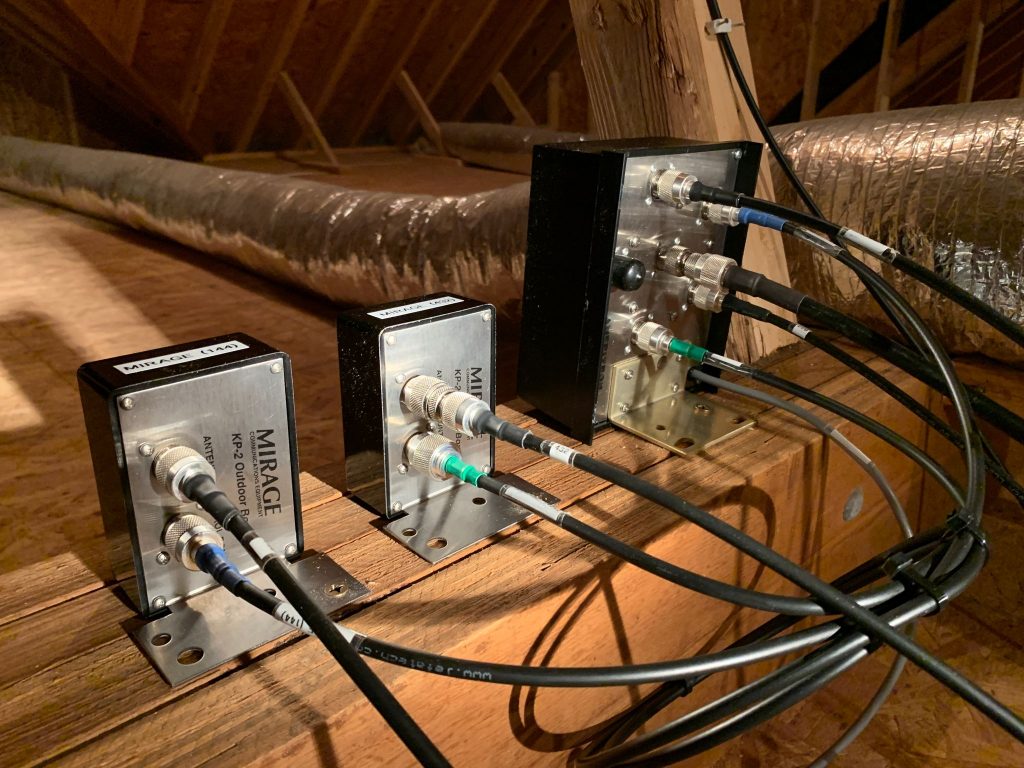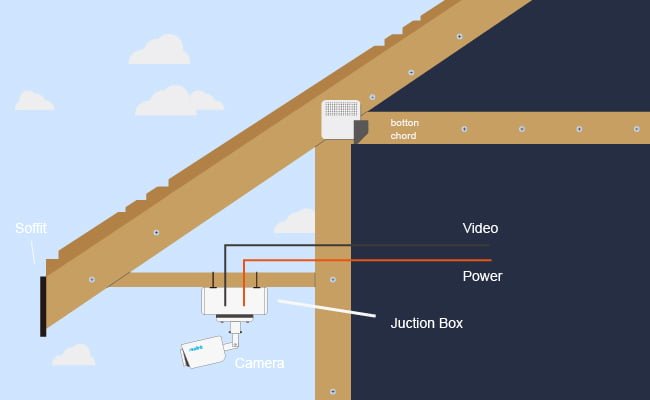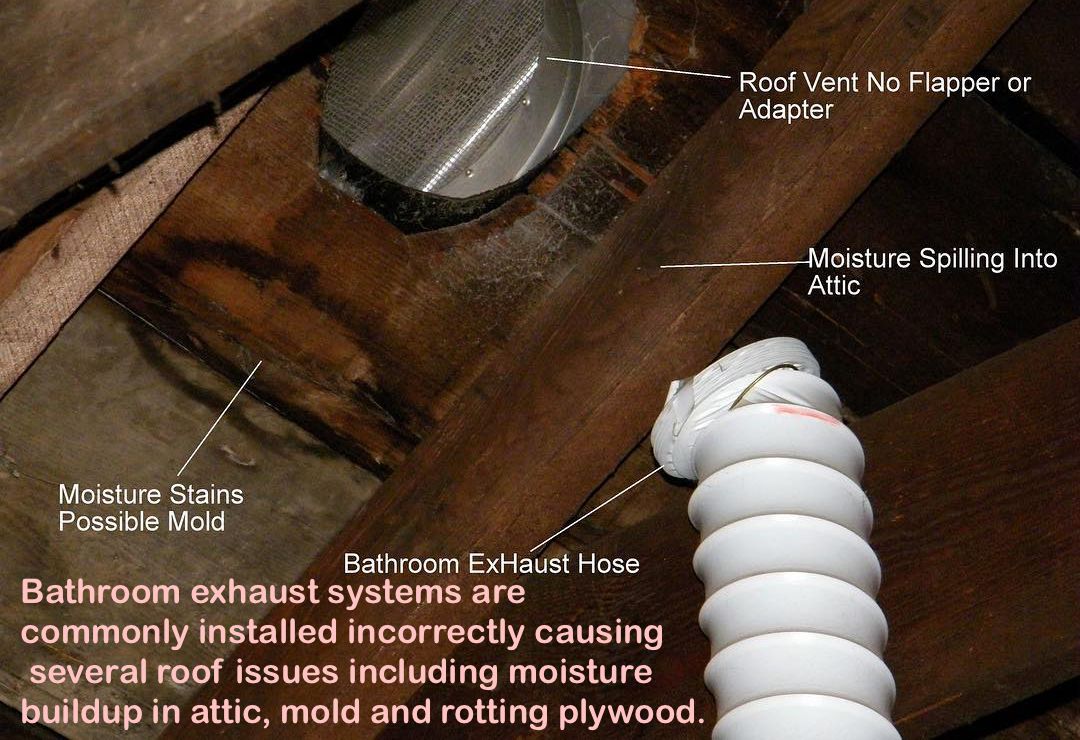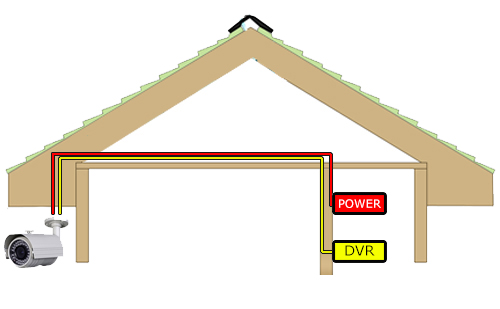Run Wires Not Accessible From Outside To Attic

Rigid conduit with an outside diameter of 3 4 in and a fish tape long enough to reach through the buried pipe.
Run wires not accessible from outside to attic. The attic wiring should be protected and secured to ceiling joists or other wood structural supports. If sheltered from direct. Yes this should be corrected and it would be good to have the wiring and all the circuit connections inspected as well. Step 2 find your attic access.
Measure the distance between the two sites you want to run wire between and make sure you will have enough wire. The original plan was to run security camera wires up through soffit into attic down into basement but that no longer is an option. I just got back from my attic and realized i can t access the soffit from there. Don t forget to include the vertical distance up to the attic and back down again.
You will need to cut a square of drywall at the very top of your wall in order to give you access to drill through the top plate of your wall. Cut the opening in the ceiling for your new electrical box. Make the opening about 12 x 12 to give you room to get the drill in. You can then splice on a new piece of wire make sure it is the same wire gauge and run the new piece from the junction box back to the fixture box.
If the wires are within 7 of the attic access hole or along any attic flooring you ll need. One method is to run individual wires in a conduit system such as intermediate conduit rigid conduit or schedule 40 or 80 vinyl conduit. If you drill holes in the joists and run wire through those holes you ll be disturbing the insulation. Running wires inside rigid conduit.
You will want to run the cable parallel to the direction of the joists. If there is access above the light in an attic or kneewall space you can remove the wire from the existing fixture box and install it in a junction box.














































